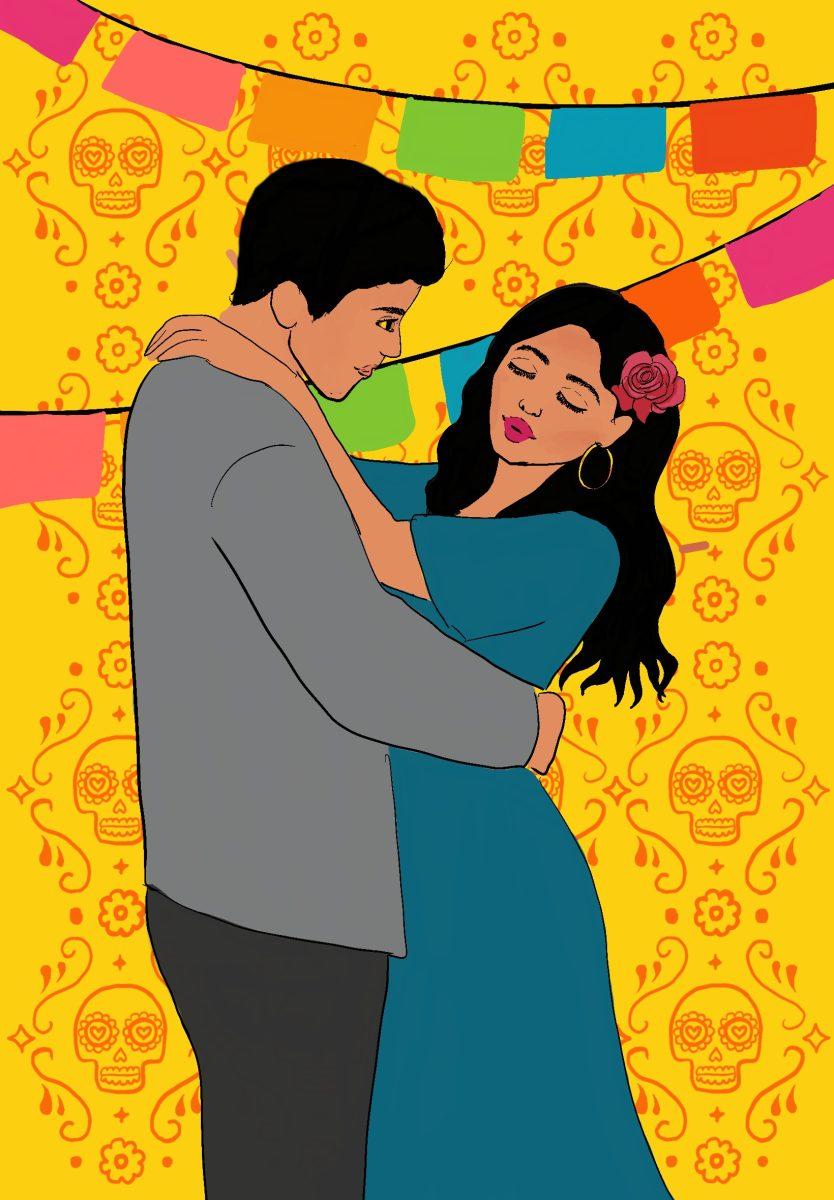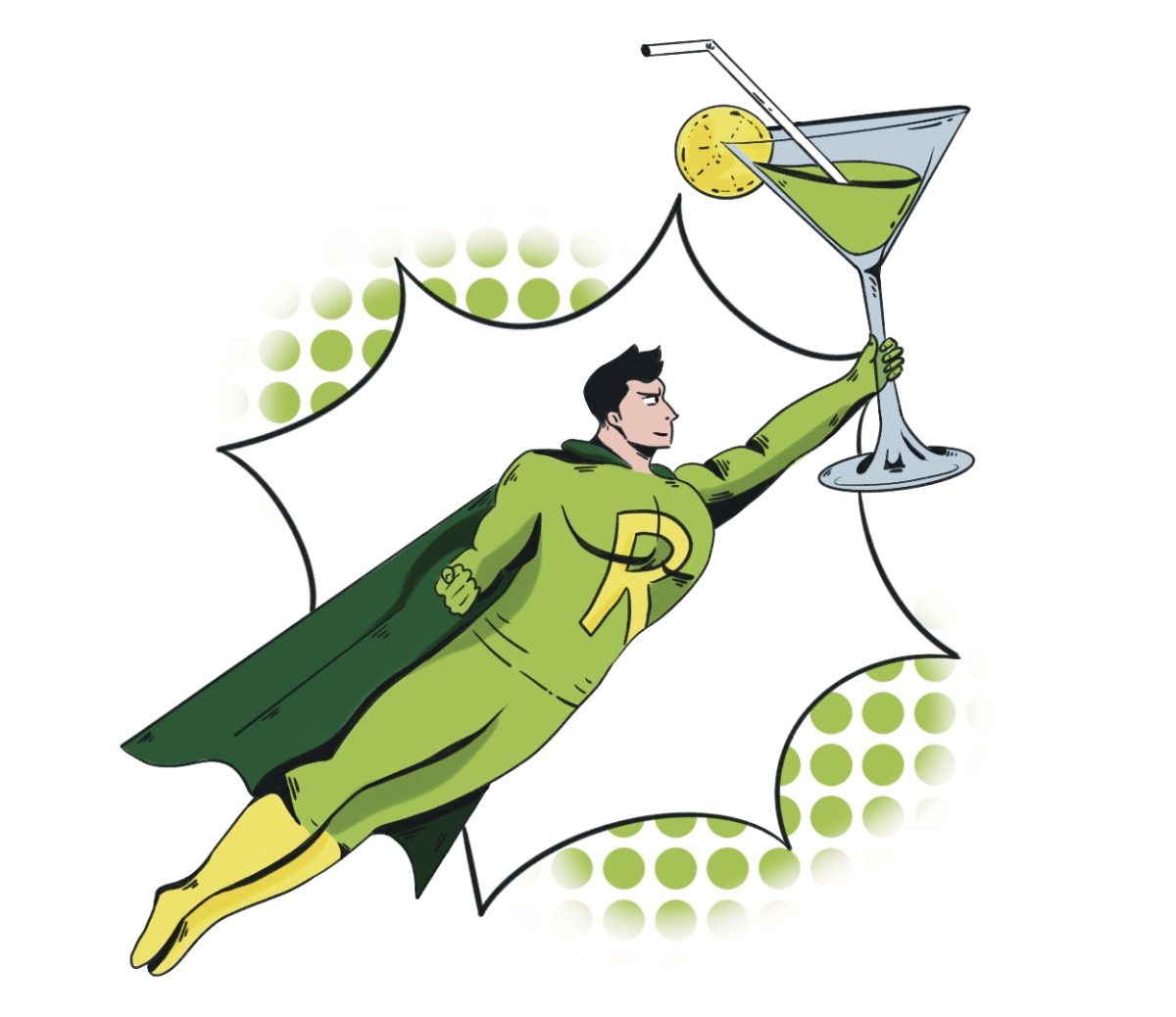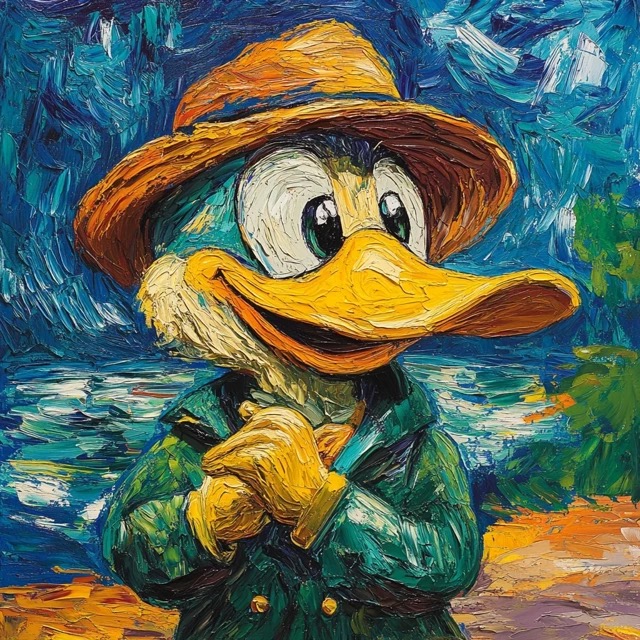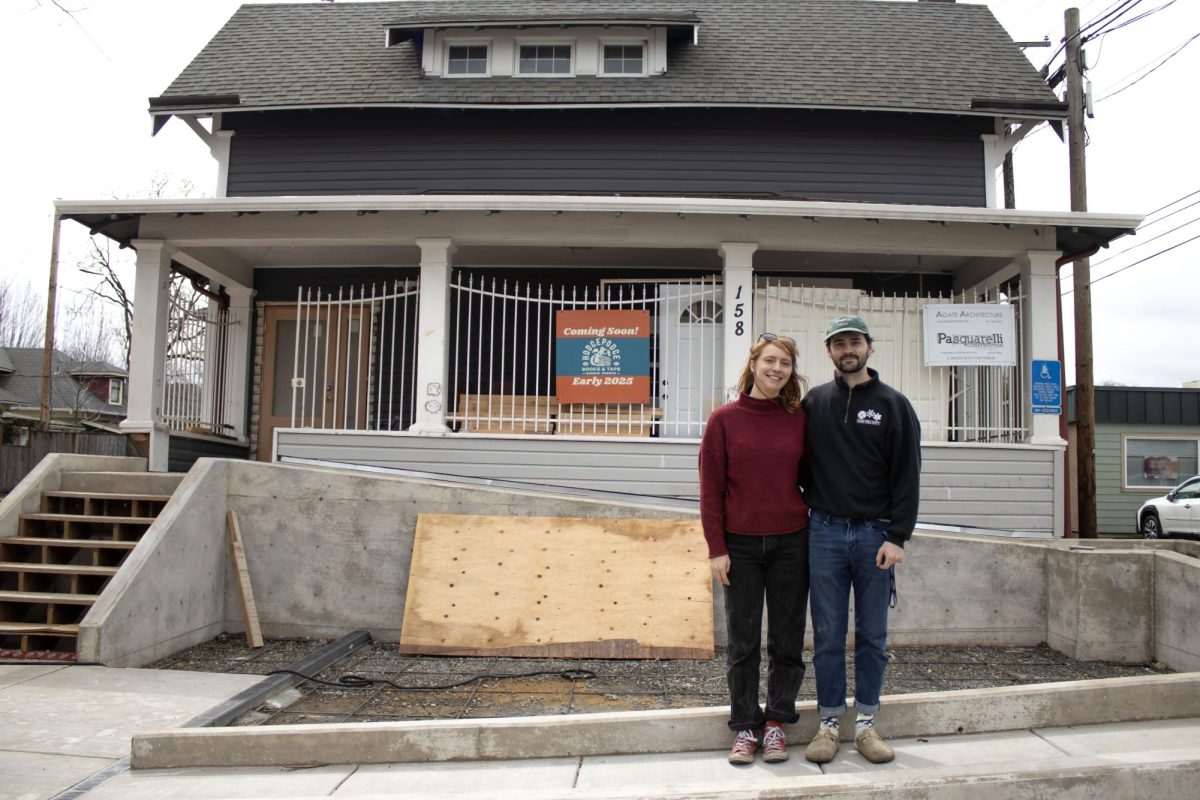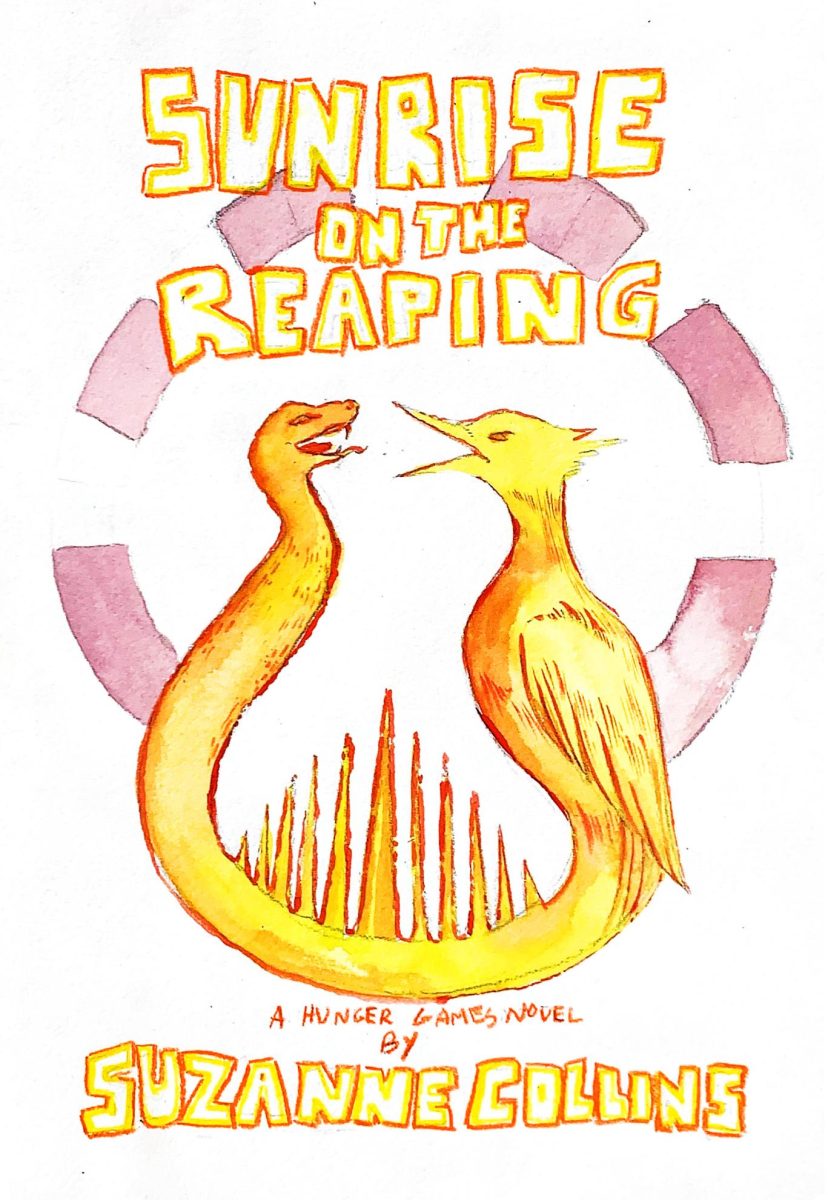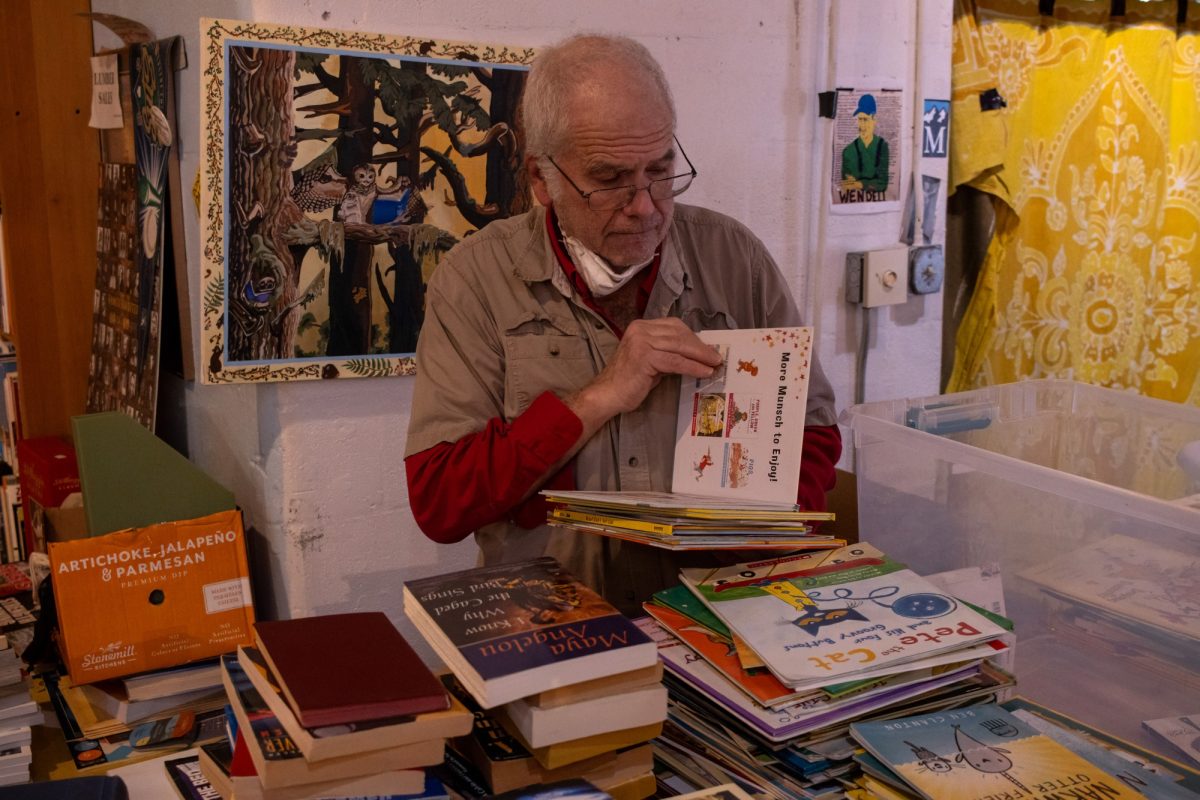Romeo and Juliet, two star-crossed lovers that meet and realize they come from rival families – wait, this story isn’t a tragedy. Instead, it’s an adaptation called, “Ramón and Julieta: Love & Tacos,” written by Alana Quintana Albertson. This version tells the story of two star-crossed lovers that meet at a festival the night of the Day of the Dead. The pair share an extravagant steamy kiss, starting an intense budding romance. Little did they know, they come from rival family-owned taquerias with deep underlying history. Through their romance, this novel explores themes of gentrification, family dynamics, ethics, love, wealth and most importantly, offers profound insights into the Mexican-American identity and community.
The story takes place in Barrio Logan, San Diego, where the barrio (“neighborhood” in Spanish) offers a sense of community through its Mexican roots and Hispanic-owned businesses. After all, it is home to Chicano Park. Julieta Campos, a renowned chef within the community, manages a sea-to-table taqueria alongside her mother. While her mother prepares her signature fish tacos, Julieta uses her culinary creativity to experiment with various ingredients, ultimately enhancing their popularity. Despite the loss of her father, Julieta still holds fond memories of him and maintains a tight bond with her mother, especially as she anticipates taking over the family business.
In catering a Día de los Muertos festival, Julieta didn’t expect her life to change after a run-in with the mysterious mariachi Ramón Montez, the CEO of his father’s taco chain, who has plans to buy out Julieta’s family business to replace with their franchise. However, Ramón provides a career-boosting opportunity for Julieta by allowing her to alter their menu with her creations. The theme of gentrification kicks in as Julieta is burdened with a choice — sacrificing her loyalty to her community for the chance to propel her career alongside a newfound love interest, or remaining faithful to them but giving up the significant opportunity and emerging romance.
As a woman of color, Julieta faces the tough situation that most BIPOC women face. She is expected to base her choices and identity in a way that would benefit others, prioritizing others’ desires over hers.
Ramón plans to establish another taco chain in the barrio, much to the community’s dismay. This adds insult to injury because he already feels a disconnect from his cultural roots. Despite his attempts throughout the novel to reconnect with his heritage through acts like performing as a mariachi, the community makes it extremely clear that he and his family are outsiders, as in “not one of them.” The wealth he and his family obtained from their successful business only adds to the divide.
His struggle to connect with his roots resonates with many others in the BIPOC collective, where even the community one strives to belong to continues to reject them.
This plan is set to appease his father, a desire he consistently feels the need to fulfill. However, in contrast to the close dynamic Julieta has with her mother, Ramón’s father has never supported his dreams beyond the family business. The father is quick to brush off Ramón’s ideas for Barrio Logan and doesn’t prioritize his happiness. Learning that Julieta was the one on the receiving end of that kiss the night of the festival only complicated his plans of expanding the chain.
The book dives into the theme of wealth as the reader is introduced to Ramón, a billionaire with a house in Coronado that sits right along the beach. Comparing this to Julieta’s financial situation where she does what she can just to get by, the book offers both perspectives into how financial circumstances can impact one’s social life. It was a learning experience for both of them, and may offer the same for the reader.
Alana Quintana Albertson succeeded in the task of exploring these different conversations that exist within the Mexican-American community, particularly within San Diego. Quintana Albertson also does a fantastic job of guiding the readers through San Diego, vividly describing locations as well as the variety of foods cooked in the restaurant that would entice their taste buds. Not to mention there were a few spicy romantic moments between Ramón and Julieta, but what’s a romance book without that added spark?
I found that Ramón’s character development outshone Julieta’s, and his story really drives the plot forward. There was a moment of disappointment when Julieta turned against him when he needed her most, only to run back after he resolved the central conflict, which he did beautifully.
This story had various aspects of Mexican-American culture woven into it. There was even a mention of Ramón’s father’s involvement with the Brown Beret movement, which addressed the challenges Mexican-Americans faced. Setting the scene in a culturally rich area was a smart move for Quintana Albertson. Chicano Park stands as an authentic historical landmark in San Diego, commemorating the triumphs and tribulations of the Latino community through its vibrant murals, sculptures and gardens. It’s only fitting that a love story that expresses these themes unfolds in the heart of this landmark.
Through Quintana Albertson’s storytelling, she not only honors the cultural richness of the Mexican-American community but also encourages readers to contemplate the details of identity, history and community.



